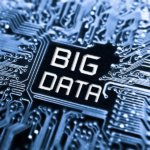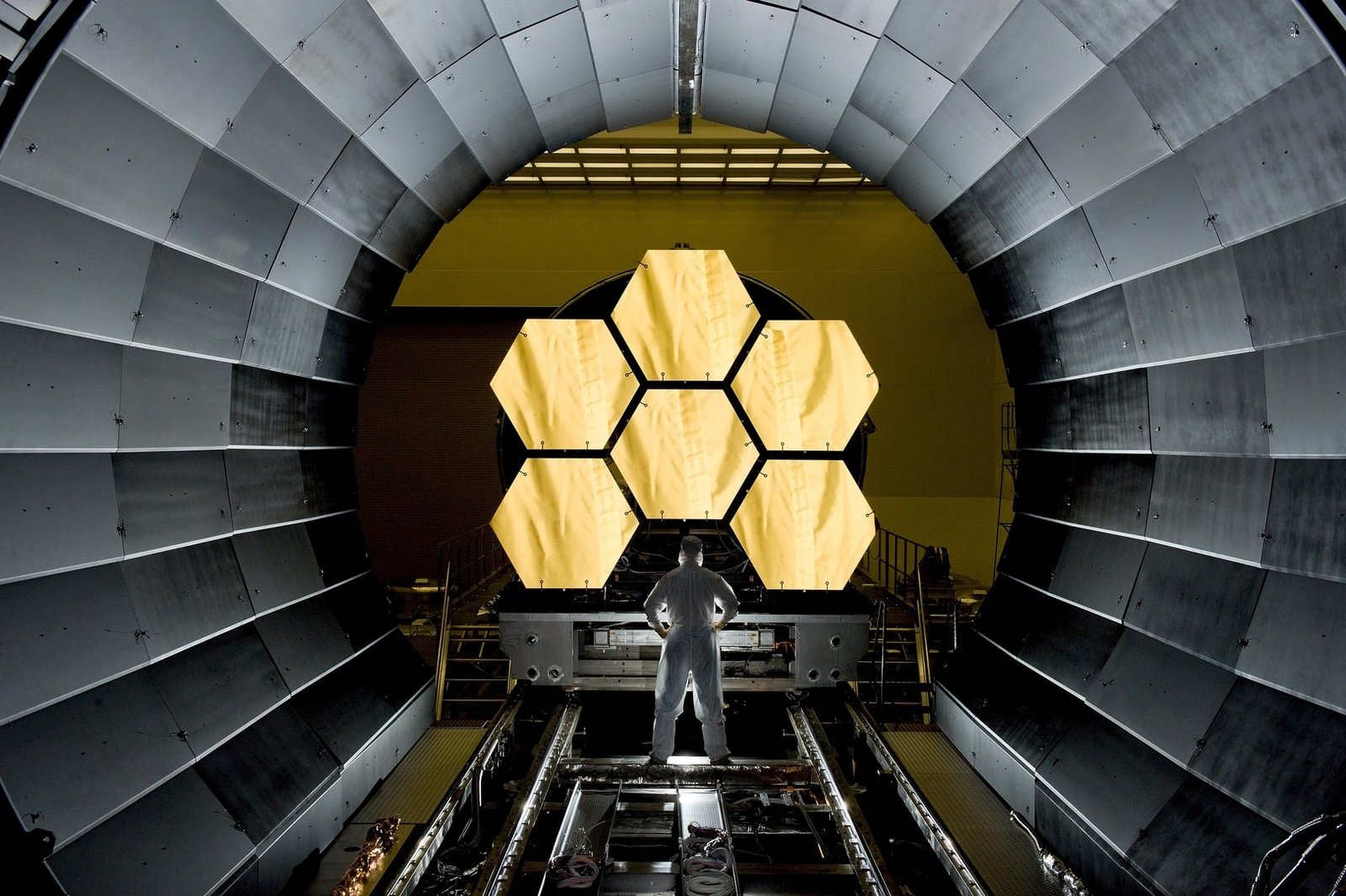Microsoft Acquires Nuance Communications for $19.7 Billion
In a strategic move to strengthen its presence in the healthcare sector, Microsoft has announced its acquisition of Nuance Communications, a leading provider of AI-powered speech recognition and healthcare technology solutions. The deal, valued at $19.7 billion, marks Microsoft’s largest acquisition since its purchase of LinkedIn in 2016. This collaboration has the potential to revolutionize the way healthcare providers deliver patient care and advance the field of AI-powered healthcare solutions.
Enhancing Healthcare Innovation:
Nuance Communications is widely recognized for its advanced conversational AI and natural language processing technologies that have been widely adopted in healthcare settings. With Microsoft’s acquisition, the company aims to leverage Nuance’s expertise to enhance its cloud-based Azure platform and accelerate the development of innovative healthcare solutions. The combination of Microsoft’s technological capabilities and Nuance’s deep industry knowledge is poised to drive significant advancements in the healthcare sector.
Advancing AI-Powered Healthcare Solutions:
The acquisition aligns with Microsoft’s broader vision of empowering healthcare organizations to harness the potential of AI and cloud computing to improve patient outcomes, streamline workflows, and reduce costs. Nuance’s healthcare solutions, including its widely used Dragon Medical One platform, provide voice recognition and transcription services, enabling healthcare professionals to efficiently document patient encounters and streamline clinical documentation. By integrating Nuance’s technologies with Microsoft’s Azure cloud platform, the companies can enhance the accuracy, speed, and security of these services.
Transforming Healthcare Delivery:
The collaboration between Microsoft and Nuance has the potential to transform healthcare delivery by enabling more effective and personalized patient care. The combination of AI-powered speech recognition, natural language understanding, and cloud computing can empower healthcare professionals with real-time insights, decision support, and enhanced clinical documentation. This could lead to improved diagnosis accuracy, streamlined workflows, and better patient experiences.
Expanding Market Reach:
The acquisition allows Microsoft to expand its reach in the healthcare industry and strengthen its position as a leading provider of cloud-based solutions. The healthcare sector presents significant opportunities for growth, as organizations increasingly embrace digital transformation to enhance patient care and operational efficiency. With Nuance’s extensive customer base, including healthcare providers, payers, and pharmaceutical companies, Microsoft can extend its offerings and provide comprehensive solutions tailored to the unique needs of the healthcare industry.
Future Outlook:
As the integration between Microsoft and Nuance progresses, the combined entity is poised to shape the future of AI-powered healthcare solutions. By leveraging Microsoft’s cloud infrastructure, data analytics capabilities, and deep learning technologies, Nuance’s existing solutions can be further enhanced and scaled to benefit a broader range of healthcare stakeholders. The acquisition represents a significant milestone in Microsoft’s commitment to advancing the digital transformation of the healthcare industry.
Microsoft’s acquisition of Nuance Communications for $19.7 billion signifies the company’s strong commitment to driving innovation in the healthcare sector. By combining Microsoft’s technological prowess with Nuance’s expertise in AI-powered speech recognition and healthcare solutions, the collaboration has the potential to revolutionize healthcare delivery, enhance patient care, and transform the industry as a whole. With Microsoft’s resources and global reach, the acquisition positions the company to play a key role in shaping the future of AI-powered healthcare solutions and improving patient outcomes worldwide.




























